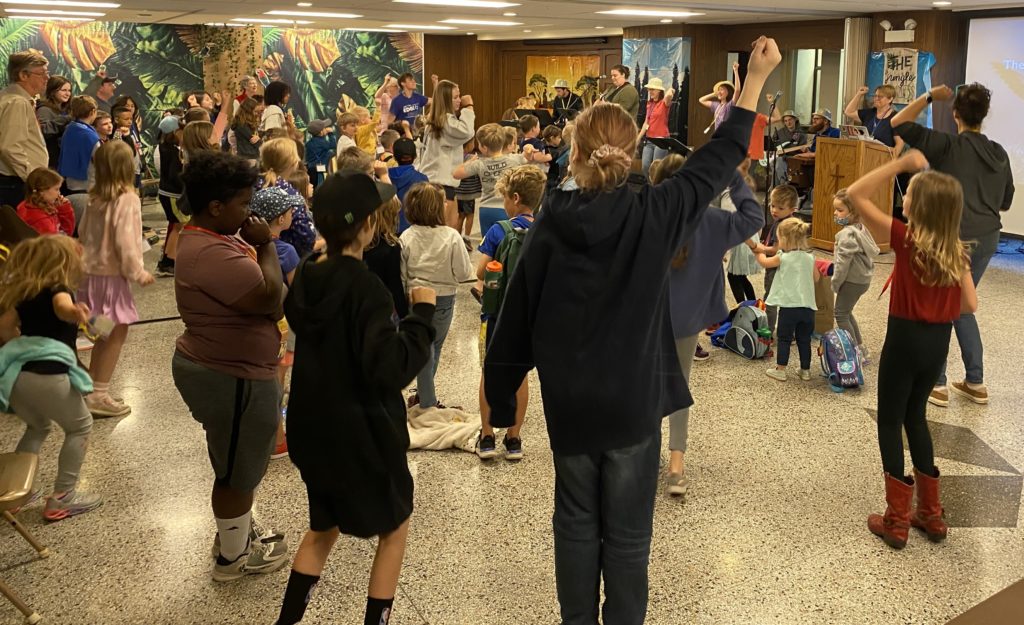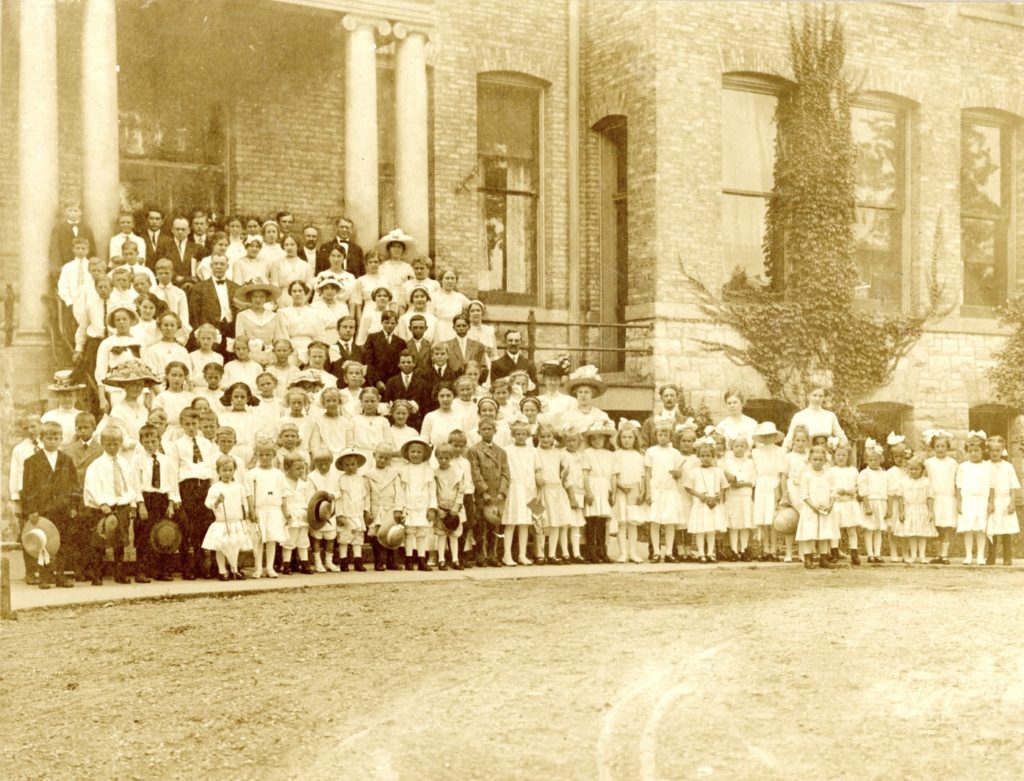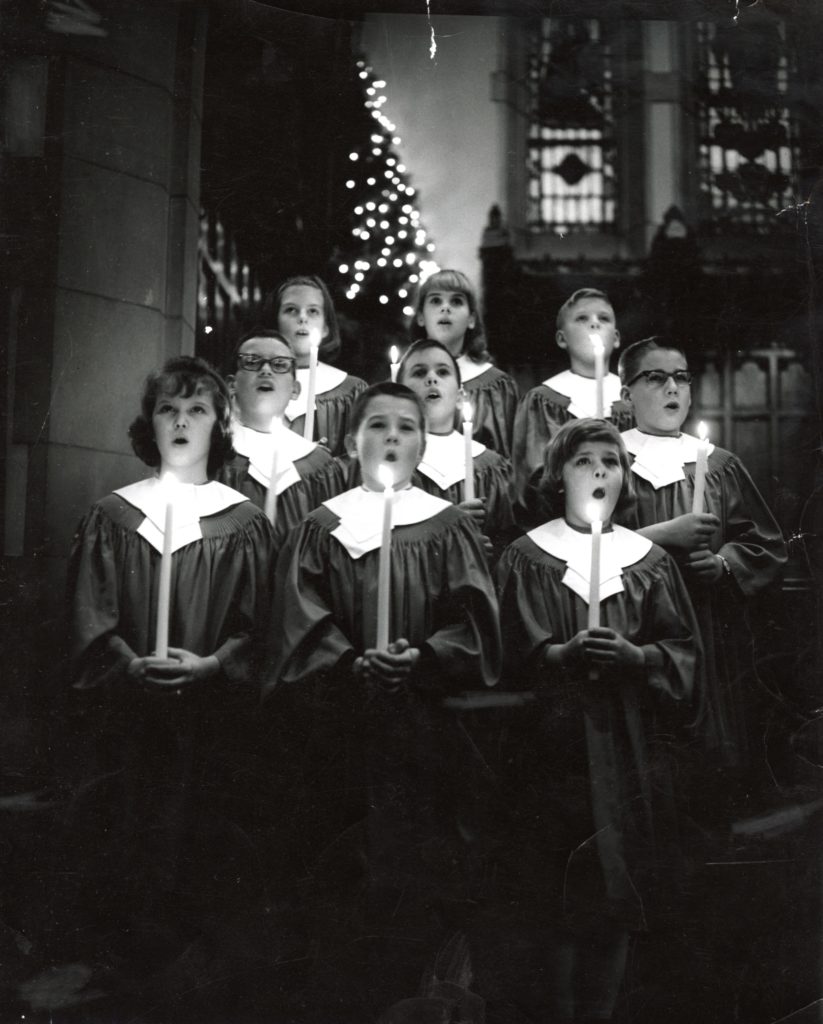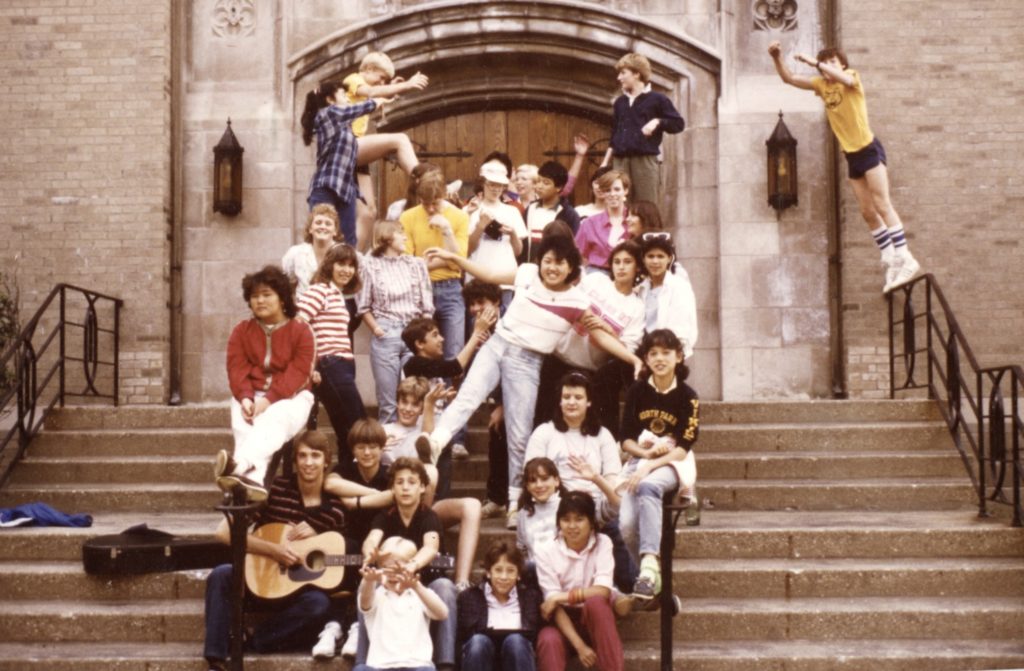Our Story
The Church Today
North Park Covenant Church (NPCC) is a mid-size, intergenerational congregation serving the city of Chicago on the corner of Berwyn and Christiana avenues. In what was once a predominantly Swedish immigrant neighborhood, the church is now centered in an increasingly diverse community and seeks to serve alongside her neighbors. With an ever-growing desire to be the church in the neighborhood and the world, NPCC is involved in the community in all sorts of ways, from local school tutoring to teaming with Exodus World Service in assisting refugee families.

Sunday morning worship at NPCC might best be described as traditional, with organ and choir and liturgy, but it is also welcoming, relaxed, and family friendly. We value hymnody, but we also embrace the growing repertoire of contemporary worship music and regularly incorporate it into worship. We value children and love having them in worship with us! We feel this is the best way to teach children about what it means to worship as one body and to learn the rhythms of worship.
There is a lot of life at North Park Covenant Church, and we very much see the church as a mission outpost; a place to come and be filled so that one might go out into the world to serve God and God’s people.
Our Origins
North Park Covenant Church began in 1898 as a small gathering of Swedish Mission Friends in Old Main, one of the original buildings on the campus of North Park University. The congregation of NPCC began on February 9, 1898, with 17 charter members. In 1906, the young church was able to secure a lot at Christiana and Berwyn on which to build a church, but several years were to pass before construction began, and by September 1, 1912, the structure was ready for services. The total cost of that first building was $12,226, and Otto Högfeldt (whose descendants are still members of the church today!) was the first official pastor. He served as pastor until 1916.

By 1928, the congregation would determine that they needed a larger facility. The church had grown to 252 members, and the community around it was growing, too. So, on June 30, 1929, the congregation celebrated its last worship service in the old sanctuary, and that first building was demolished. A cornerstone for the “new” and current building was laid on September 8, 1929. The building of a new church is never an easy endeavor, and the stock market collapse that came to be known as Black Thursday on October 29, 1929, made it all the harder. In the midst of the Great Depression, however, members of the church offered to take out second mortgages on their homes in order to continue the building of the church and, in April 1930, the new church building was dedicated.

Two additional construction projects have followed in the church’s 125-year history. In 1958, as part of the 60th-anniversary celebration, a campaign for raising a sum of $200,000, to clear present indebtedness of $40,000 and build a new educational unit, was launched.
And then, in 2003, an additional campaign was undertaken to add an elevator, new offices, a church yard and playground, and sacred columbarium space.

Beyond its building and throughout its history, North Park Covenant Church has been a church of outreach and evangelism. From Alley Walks to the Broken Wall coffeehouse, and from the formation of a food pantry to the establishment of an accredited preschool, the church has sought to bring good to neighbors and glory to God.
And the story continues…
“Through its one hundred [and 25] years of existence, North Park Covenant Church has remained a witness to Christ within a changing neighborhood, city, and world. Like other urban congregations, including Fourth Presbyterian Church of Chicago, the ‘congregation has not experienced the city around it as a threat (as have so many inner-city churches); rather, the church sees itself as benefactor toward the city.’ Unlike some congregations, including many in the Covenant, North Park has benefited from and helped contribute to community stability even in the midst of profound changes. The North Park neighborhood has been the place of extraordinary ministry and faithfulness, even while the congregation wrestles with new challenges of changing demographics, perspectives, and cultures.”
– Dr. Stephen Graham, Come to the Table, 2008